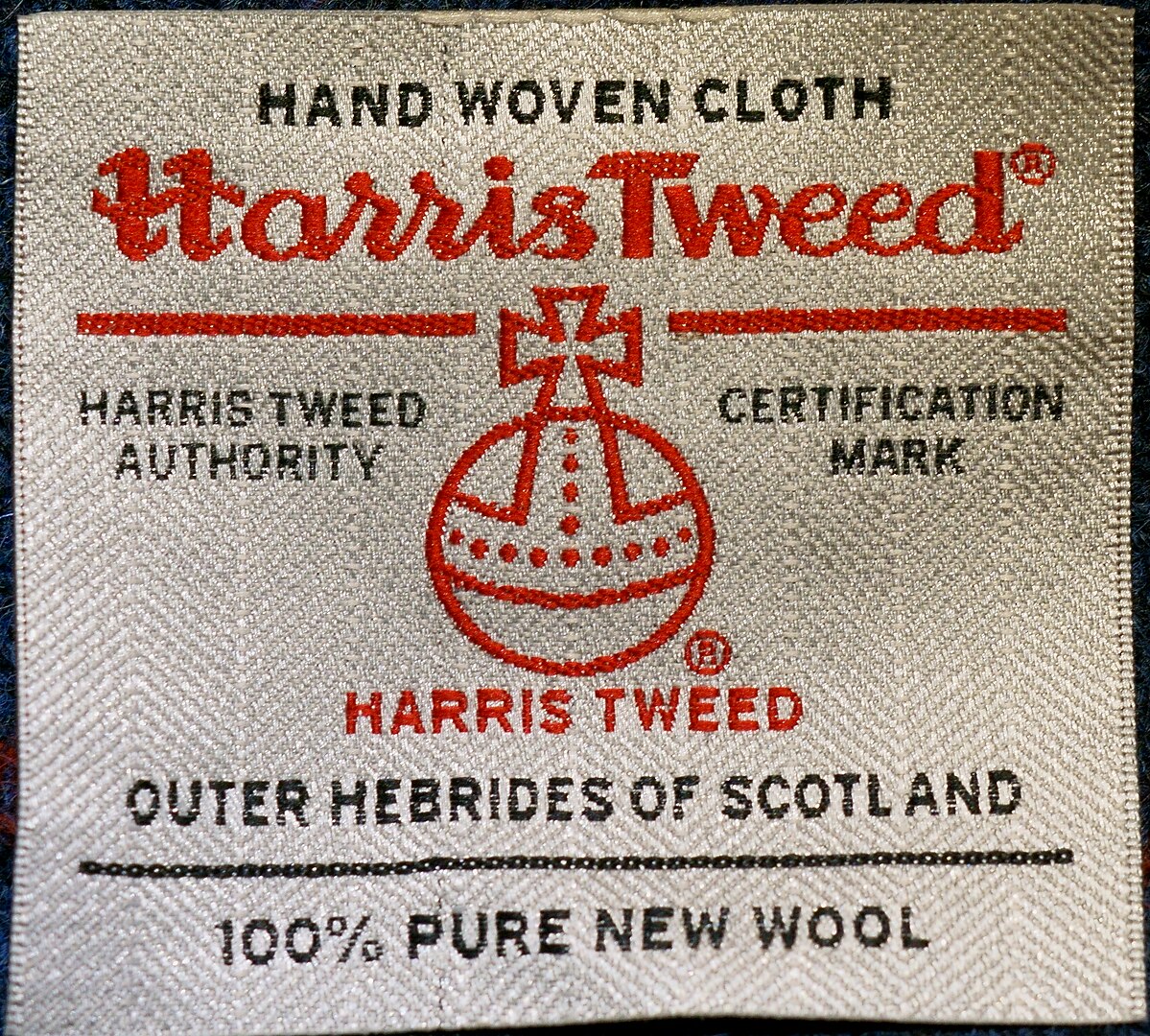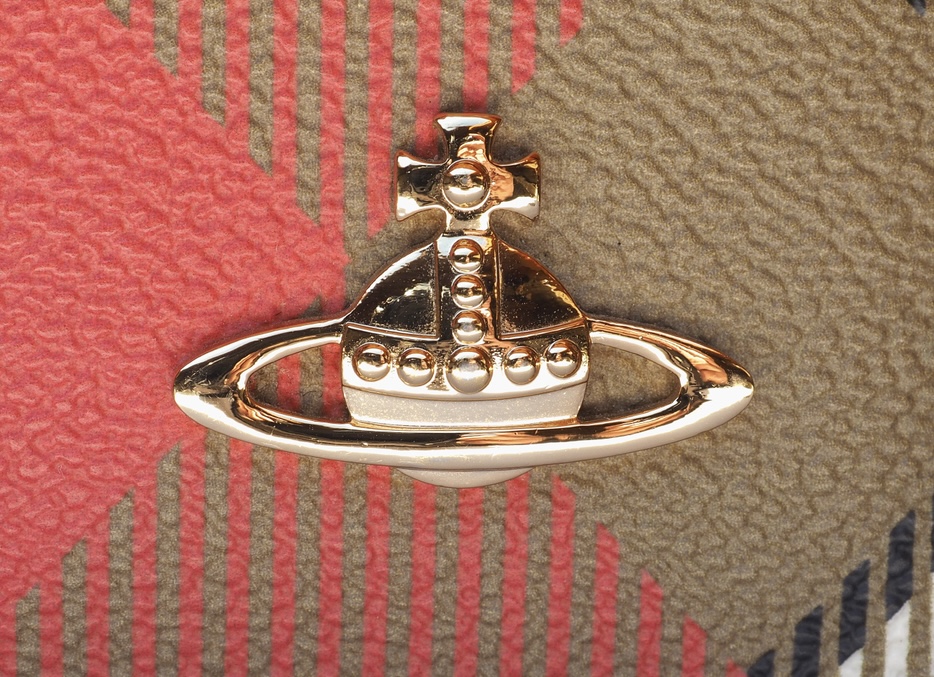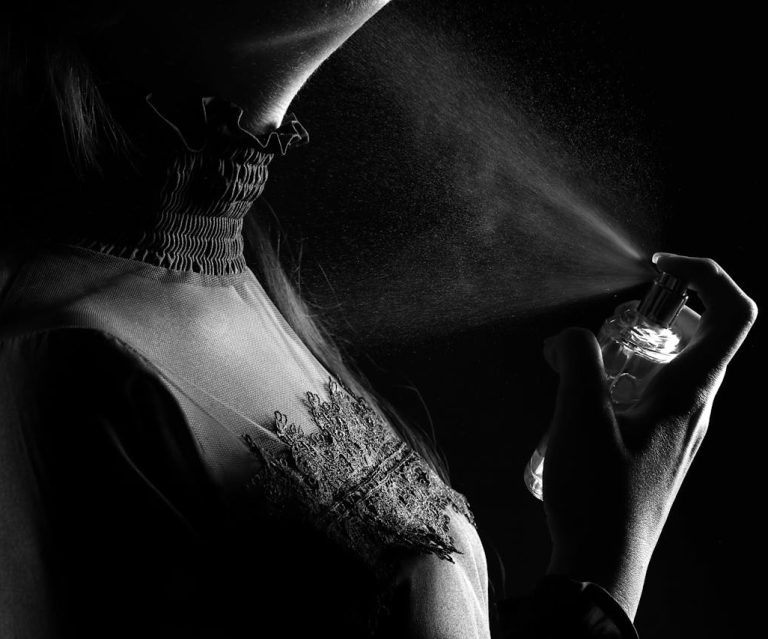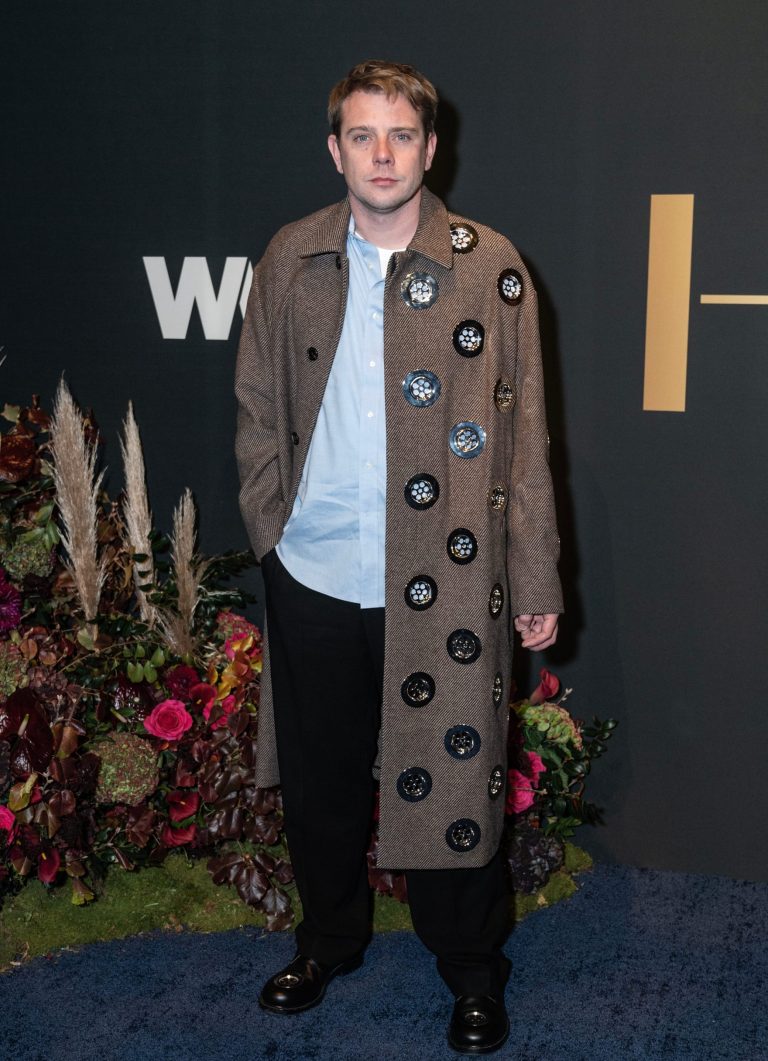Vivienne Westwood is an iconic British designer, a pioneer of the punk movement, and a passionate activist. Her brand, born in the 1970s, conquered the world with a provocative blend of historical motifs, street culture, and environmental consciousness. Collections like “Mini-Crini” and “Anglomania” have cemented their place in fashion history, while Westwood’s wedding dresses became a global obsession after appearing in “Sex and the City”.
But perhaps the most recognizable hallmark of her brand is its “Orb” logo. Last year, a pearl choker with three strands went viral on TikTok, sparking a global hunt for Vivienne Westwood’s jewelry pieces among fashion enthusiasts.
How Did the “Orb” Come to Be?
The story of the logo is as provocative as Vivienne herself.
In the late 1980s, as punk culture went mainstream, Westwood decided to shift gears, drawing inspiration from British traditions. “I’ve always loved tradition… you can’t move forward without knowing where you came from,” she once said. The idea for her next collection was sparked by a chance encounter: on the London Underground, Westwood spotted a 14-year-old girl wearing a tweed jacket from Harris Tweed. This fabric not only inspired her upcoming collection but also gave birth to her legendary logo.
Harris Tweed is a premium tweed, handwoven from wool by the inhabitants of Scotland’s Outer Hebrides. With a history spanning roughly 180 years, the fabric has been supplied to the British elite, the royal family, and Scottish clans for kilts. In the early 20th century, rising demand for tweed led to the emergence of lower-quality fabrics, forcing Harris Tweed to protect its name with a trademark—the “Orb,” a symbol evoking a royal orb.

Trademark of Harris Tweed
Photo by Giftzwerg 88
Harris Tweed fabric took center stage in Westwood’s eponymous Fall-Winter 1987/88 collection, dedicated to British heritage. It was at this show that the designer unveiled her iconic logo. It bore a striking resemblance to Harris Tweed’s trademark but was adorned with a ring reminiscent of Saturn’s, lending it a punk-futuristic edge. The logo embellished the collection’s buttons and decorative elements.
The Harris Tweed Association accused Westwood of “blatant appropriation” of their symbol. The designer denied plagiarism, insisting her “Orb” was an homage to British heritage. No lawsuit followed: lawyers determined the logos had sufficient differences. A compromise was reached—Westwood was to use her “Orb” only on non-tweed items—but this agreement was soon forgotten.
Inspiration or plagiarism? That’s for each person to decide. The irony is that the dispute benefited both parties. Thanks to Westwood, Harris Tweed gained recognition beyond Britain, while tweed enthusiasts discovered her rebellious designs. Their collaboration continues to this day.




